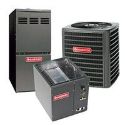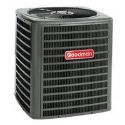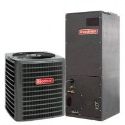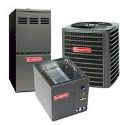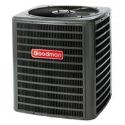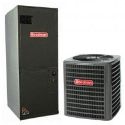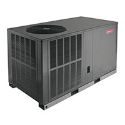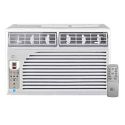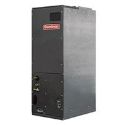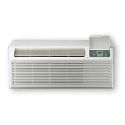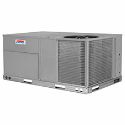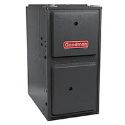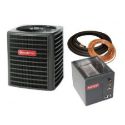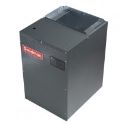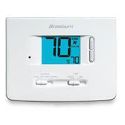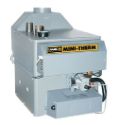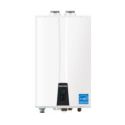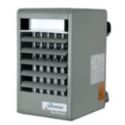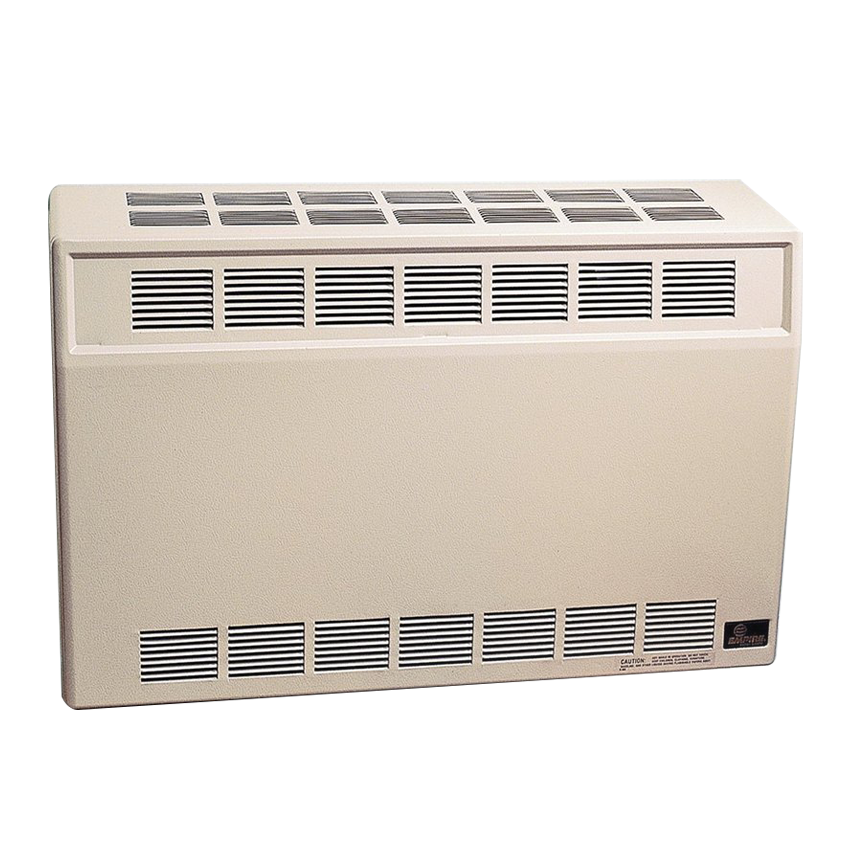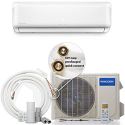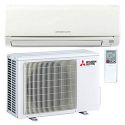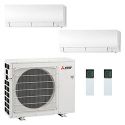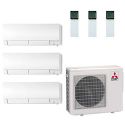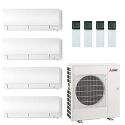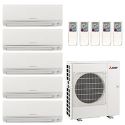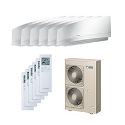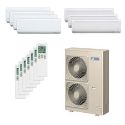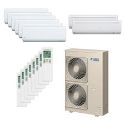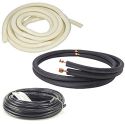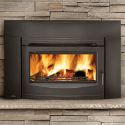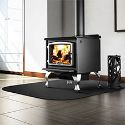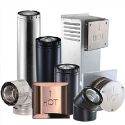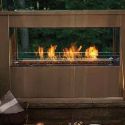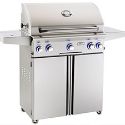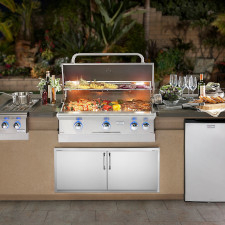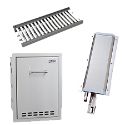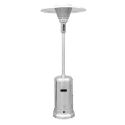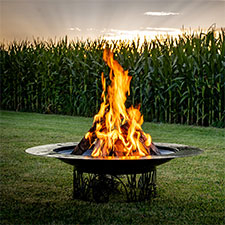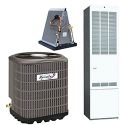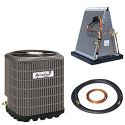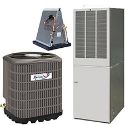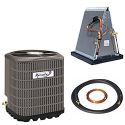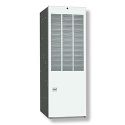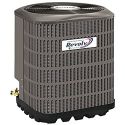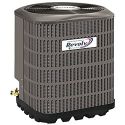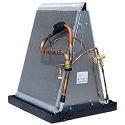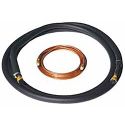A heat pump system is one of the most common home heating and cooling systems in America today. They’re a perfect choice for many homes due to their efficient use of energy in pumping heat out of the house in the summer and drawing it in during the winter.
Since heat pumps pull warmth from the outside air, it sometimes needs help during the winter, especially when the outside temperature drops below 35 degrees Fahrenheit.
When that happens, the system is designed to incorporate an electric furnace to temporarily take over the heating chore. The furnace uses coiled elements that make up what is known as a heating strip to generate heat. This works very well, but there is a problem … It uses more energy than the heat pump. That is why the heat strip is used sparingly, often designated on the thermostat as "auxiliary" or "emergency" heat.
When the weather warms up again, the resident should return the system to its default mode to minimize energy usage. If you're replacing or upgrading your AC system, you need to determine what size heat strip you need. As a rule of thumb, the bigger the house, the bigger the heat strip, and the farther north the house, the bigger the heat strip. For instance, Troy, Ohio will have more winter days below 35 degrees than Troy, Alabama. Therefore, a larger heat strip would be needed.
Another important factor to consider is the size and location of windows. You lose more heat through the glass on a northern-facing window than one that faces south and more on a large window than a smaller one.
Houses with more square footage require a larger heat strip, but also consider cubic footage, where ceiling height is a factor. Rooms with higher ceilings are more difficult to heat.
Is your house well-insulated? If not, you'll need to either add insulation or get a larger heat strip.
Heat strips come in a variety of sizes, from 5 kilowatts to 20, and have different voltage requirements, so to match your house to the right size heat strip write, down these factors: 1. Where your house is located geographically. 2. The square footage of your house, with notes about any room with a high ceiling. 3. The size and orientation of your windows. 4. The condition of your insulation and weathers tripping.
Generally, 8 kilowatts strips require a dedicated 50amp Circuit, 10kilowatt requires and 60amp circuit, 15kilowatt requires a 90amp circuit, and a 20kilowatt requires 60 and 50amp circuits for a total of 110 amps.
Posted 11/19/2019
 Shopping Cart
Shopping Cart


